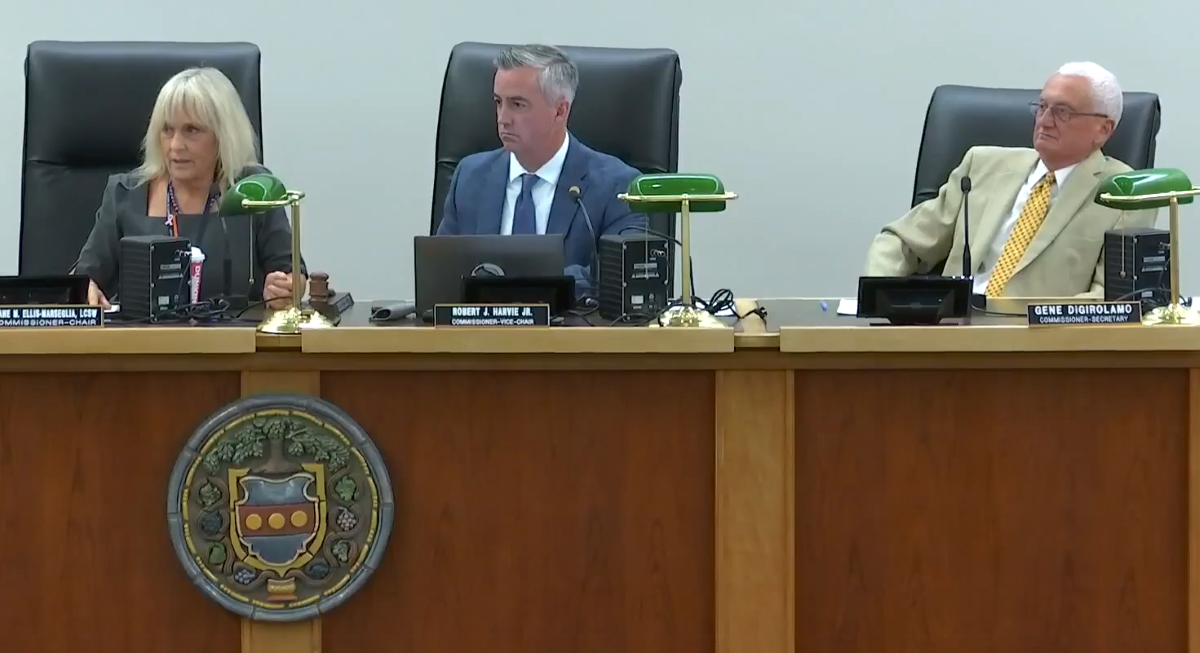
Spoilers ahead.
“The Underdwellers” is primarily notable as the first episode of the series introducing an original villain unseen in the comics or other media. It is almost equally notable in this regard as a disappointment. As such, it is not surprising that the sixth episode produced became the 27th episode to air.
Although the Sewer King (Michael Pataki) is a newly created character, some possible inspirations readily come to mind. His command of an army of orphaned or runaway children, who engage in thievery and slave labor on his behalf, suggests Fagin and, to a lesser extent, Mr. Bumble, from Oliver Twist.
Bumble’s attire as a parish beadle may also have been an oblique influence on the visual design of the Sewer King. Alternatively, the king’s foppish Victorian cape and eyepatch may have been inspired by Captain Hook from Peter Pan, although the villain here commands the lost children and alligators.
One of the few strengths of ‘The Underdwellers’ is its focus on Batman’s sympathy for these exploited children. Given that Bruce Wayne is an orphan, and that the superhero genre is littered with lost parents, it is a natural theme for the series to explore. Indeed, the idea of orphans working in Gotham’s sewers appears later in Christopher Nolan’s “The Dark Knight Rises” (2012). Unfortunately, the concept works much better as a plot in the movie than it does here.
The episode starts with a set piece in which a pair of young boys stand atop a moving train in a game of “chicken” as they approach a tunnel. One leaps, but Batman is required to save the second, whose \ foot becomes caught in a cable.
This incident is unrelated to the plot, but establishes thematically Batman’s concern for children. It may be useful to underscore his concern, given that the early episodes in this series often do not feature his relationship with Robin. On the other hand, this is an episode in which it may have made more sense to bend that general rule to include Robin, another orphan.
The main plot begins when a small figure in a green, hooded cloak steals a purse from a wealthy patron at a theater premiere. The police disbelieve her claim that she was robbed by a leprechaun. Batman’s failed pursuit of the perpetrator inclines him to believe, but Alfred’s reaction causes Batman to ask, “You think I’m crazy don’t you?” Alfred reassuringly replies he is sure Bruce saw something, although this is the sort of question Bruce should know better than to ask, given his lifestyle.
Meanwhile, a small army of children labor in Gotham’s sewers, collecting stolen goods, sewing, and farming (the last seemingly an odd activity for a dark sewer). One child cries out after accidentally injuring his leg with a hoe. A bell calls the children to assemble before their “king,” who rails about the need for the children to be silent, punishing the crying child by locking him in a room filled with harsh lighting. The villain quips, “A few hours in the light will make Jack a bright boy.” The children are again dispatched to steal for their leader.
Batman, using infrared goggles, finds a false wall leading him toward the sewer complex. Graffiti including “Beware the Sewer King” and “SK” marks the Caped Crusader’s journey. He eventually trips a primitive alarm made from cans, bringing one of the children to investigate. Batman pursues the child, ultimately rescuing him from an oncoming subway train.
The Dark Knight hypnotically renders the child unconscious and takes him to the Batcave. Batman places the boy in Alfred’s care, over the butler’s protestation that he knows “nothing about children.”
As Alfred was Bruce’s guardian, the objection seems ironic. Yet the quasi-feral child bedevils Alfred the next day in an ostensibly comic sequence that features the boy stealing Bruce’s silverware and taking a bath in sunglasses to cope with ordinary light. The boy later finds Bruce’s armory, prompting a warning from Batman that children and guns never mix.
The Sewer King discovers the boy, named “Frog,” is missing when he is not present to serve dinner rolls. The villain again harangues the assembled children, reminding them of their former abuse and threatening to send them back to the surface.
“Frog” leads Batman back to the children, whose condition Batman photographs for evidence. The Masked Detective then rings the assembly bell, which draws out the Sewer King and a pair of alligators. Batman knocks out one of the giant reptiles with the assembly bell and hogties the second, disabling its deadly snout. More gators appear; Batman cracks open the jaw of one (improbably, unless Batman has superhuman strength).
The King uses the distraction to take one of the children hostage, threatening to feed the kid to the gators. “Frog,” however, takes the initiative to rescue the second boy.
The Sewer King flees. During the chase, Batman falls into a trap, sliding down a pipe to dangle over an alligator-filled pool. The king tries to push Batman into the pit, but our hero leverages himself into a reversal, leaving our villain hanging.
Batman offers his hand, but the king refuses, falling into the pool. The alligators leave their master unscathed as he walks up onto the far side of the pool. Batman resumes his pursuit, which leads to another fall onto subway tracks and another Bat-rescue.
The Sewer King asks why Batman saved him. Batman responds that he believes in justice, though he was sorely tempted to mete it out himself in this case.
The children are removed from the sewers by police and social services. “Frog” already begins to enjoy his return to the light, as observed by Batman from a nearby rooftop.
The emotional notes at the conclusion make this weak episode a sort of reverse-image of the prior episode, “Pretty Poison” (which was particularly strong but flawed in its denouement). Kevin Conroy does well with the material he has as Batman / Bruce, but the teleplay fails to take advantage of themes that should have made for a more compelling story. In addition, the best that can be said of the action scenes is that they are workmanlike.
The Sewer King later made his way into DC Comics’ “52” storyline, only to be stabbed in the back immediately by a rival crime gang, which proceeded to erase him from the public record. He also appeared as an illusion in a crossover book pairing Batman with the Teenage Mutant Ninja Turtles. As we will see, other characters originating in the animated series would not suffer such an ignominious fate.









